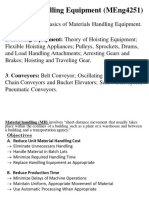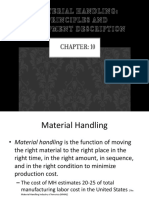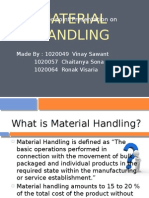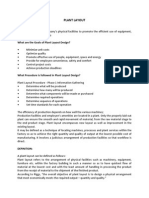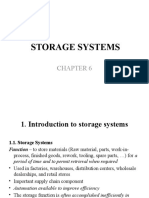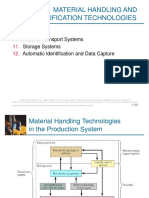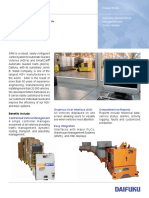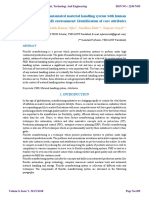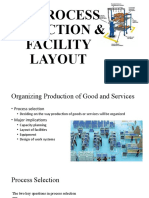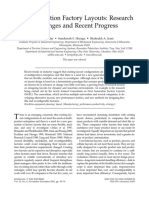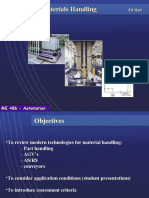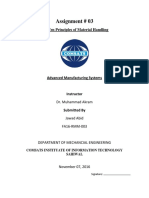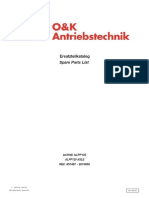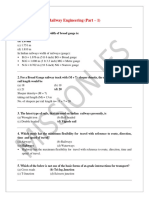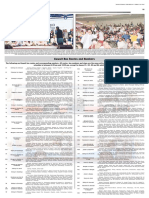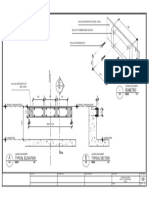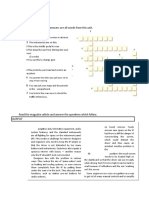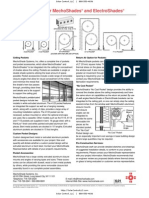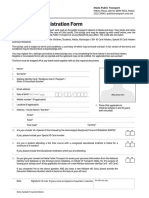0% found this document useful (0 votes)
144 views22 pagesMaterial Handling Principles
The document outlines 10 principles of material handling:
1. All material handling should be the result of a deliberate planning process.
2. Material handling methods and equipment should be standardized when possible.
3. Material handling work should be minimized to increase productivity and efficiency.
4. Material handling tasks and equipment must consider human physical and mental capabilities.
Uploaded by
ABHILASH NCopyright
© © All Rights Reserved
We take content rights seriously. If you suspect this is your content, claim it here.
Available Formats
Download as PDF, TXT or read online on Scribd
0% found this document useful (0 votes)
144 views22 pagesMaterial Handling Principles
The document outlines 10 principles of material handling:
1. All material handling should be the result of a deliberate planning process.
2. Material handling methods and equipment should be standardized when possible.
3. Material handling work should be minimized to increase productivity and efficiency.
4. Material handling tasks and equipment must consider human physical and mental capabilities.
Uploaded by
ABHILASH NCopyright
© © All Rights Reserved
We take content rights seriously. If you suspect this is your content, claim it here.
Available Formats
Download as PDF, TXT or read online on Scribd
/ 22
